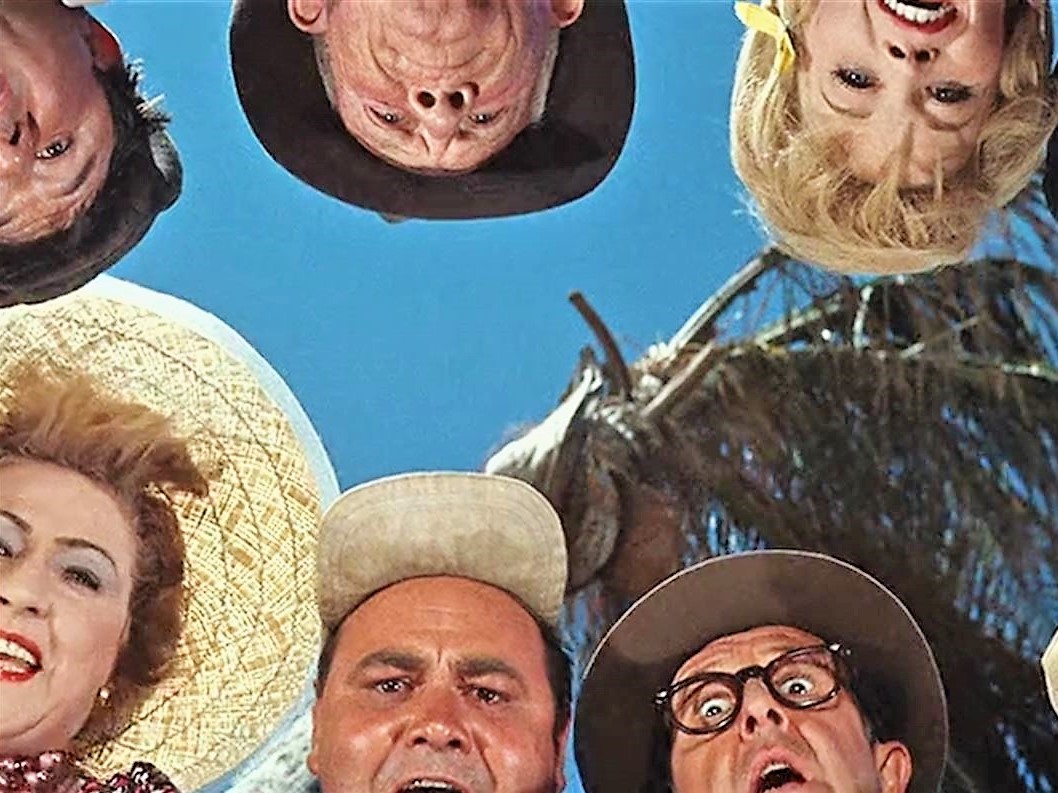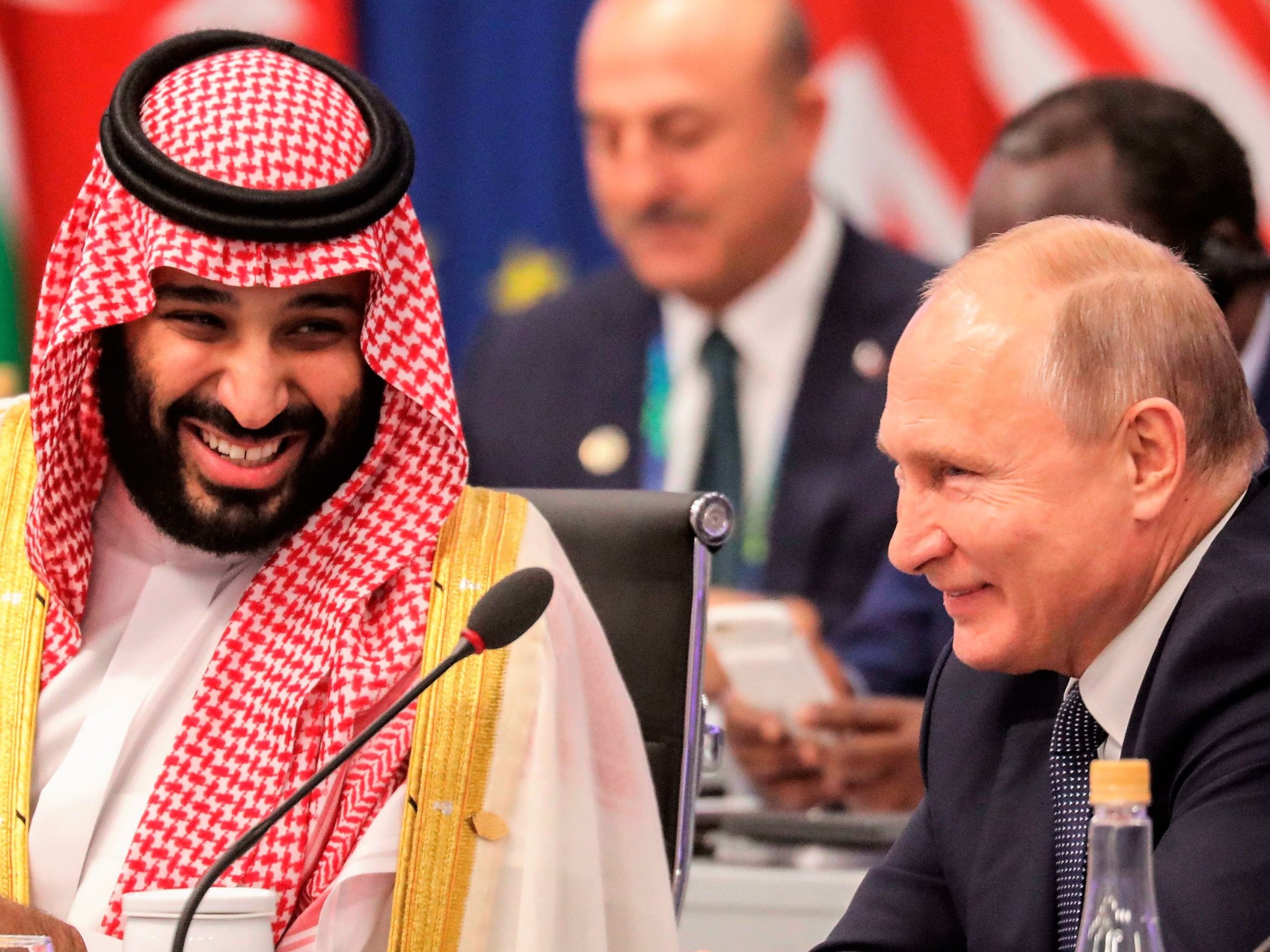Peter Cecchini
Contributor
Peter Cecchini is a contributing author to Epsilon Theory and Global Chief Markets Strategist as well as Head of Cross Asset Strategy at Cantor Fitzgerald.
Peter has also served as Cantor's interim Co-Head of Equities and remains the head of its equity derivatives business. Prior to joining the Cantor family, from January 2007 to December 2009, Peter was a Partner and Portfolio Manager at Seven Bridges Management, LP. Seven Bridges was an event-driven, special situations hedge fund seeded by Ulysses Management (the successor to Odyssey partners). The fund took long and short positions throughout companies’ capital structures and invested selectively based on a macro-thematic approach. Prior to Seven Bridges, Peter spent four years at BNY Mellon's predecessor, Mellon Financial Corporation (within its Mellon HBV Alternative Strategies, LLC subsidiary) most recently as a Managing Director and group head of distressed investing. He directed securities selection, portfolio construction and portfolio hedging. Until its acquisition by Mellon Financial, he spent three years as an analyst and senior analyst at HBV Capital Management. From 2005 through 2007 and upon its emergence from bankruptcy, he sat on the Board of Directors of a North American integrated aluminum producer. Peter has chaired or served on numerous equity, unsecured, secured and bank steering committees. Before joining HBV, he spent several years as a consultant at a firm he co-owned. Peter speaks routinely at conferences and appears on various media outlets.
Peter is an avid boxer, having boxed to raise money for Petra Nemcova’s charity All Hands and Hearts, which provides services and builds schools for children impacted by natural disasters. He holds an MBA from Columbia University (Dean's List), a JD from Boston University School of Law (American Jurisprudence Scholar) and a BA from Haverford College (in Economics). He is an inactive Member of the NY State Bar.
Articles by Pete:
An in-depth look at the interdependence of inflation, Treasury supply, and the Fed reaction function.
Bottom line: inflation is the Fed’s kryptonite.
What’s happening now in equity markets isn’t the product of some paradigmatic democratization of finance. It’s just another bubble that will end badly.
ET contributor Pete Cecchini isn’t buying the reflation / small-cap rally Narrative, even with a mini Blue Wave.
The merger between the Treasury and Fed is now complete with Janet Yellen’s apparent appointment as the Secretary of the Treasury. Let the self-fulfilling market narratives begin!
It may be a brave new world of Davey Day Trader, but it’s not enough to convince yours truly to drink Huxley’s soma. Or the Fed’s SOMA (System Open Market Account).
If you’ve never seen the 1963 comedy “It’s a Mad, Mad, Mad, Mad World”, do yourself a favor and check it out. Phil Silvers and Spencer Tracy and Ethel Merman and Jonathan Winters? Yes, please.
ET contributor Pete Cecchini remembers. Better yet, it’s the perfect foil for figuring out a Mad, Mad, Mad, Mad Market.
Written during last week’s sell-off, ET Contributor Peter Cecchini coins a phrase – The Portnoy Top.
What do you get when you combine Barstool Sports and Printer Goes Brrr?
ET Contributor Pete Cecchini looks at the monetary and fiscal policy stimulus coming out of Washington and sees a staggering price to pay in lost real growth and massive institutional corruption.
ET contributor Peter Cecchini makes a strong case that the Fed is playing a dangerous game with its constant use of the “exigent circumstances” exception to Section 14 of the Federal Reserve Act.
Does the alphabet soup of new facilities and SPVs established by the Fed in recent weeks amount to an illegal taking of assets? It’s a reasonable question.
Even more reasonable: if not here, where do you draw the line?
The oil narrative is not as it seems.
The White House and others assume the Saudis and Russians are at odds. Don’t be so sure. Their interests are aligned around disabling U.S. production. Period.










